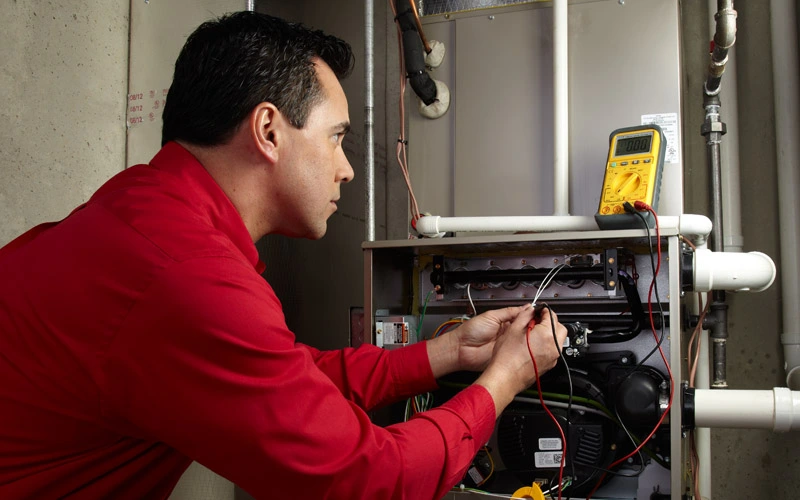How to Perform Electric Heaters Repairs?
Electric heaters repair
 Electric heaters are a reliable source of warmth during the colder months, but when they malfunction, knowing how to perform basic repairs can save you time and money. In this Fix-It Guide to electric heater repair we’ll show you how an electric heater works, what often goes wrong, how to identify an electric heater problem and when it’s essential to call professionals like Emergency Electrician Basingstoke. This guide also refers to other Fix-It guides, such as engine repair and heating element repair, for specific issues.
Electric heaters are a reliable source of warmth during the colder months, but when they malfunction, knowing how to perform basic repairs can save you time and money. In this Fix-It Guide to electric heater repair we’ll show you how an electric heater works, what often goes wrong, how to identify an electric heater problem and when it’s essential to call professionals like Emergency Electrician Basingstoke. This guide also refers to other Fix-It guides, such as engine repair and heating element repair, for specific issues.
How to understand the basics of electric heaters repair?
Electric heaters typically consist of a heating element, thermostat, and motorized fan. Before attempting any repairs, it’s crucial to understand how these components work together to provide warmth. This post will help you identify potential issues and take appropriate action.
How does an electric heater work?
Electric baseboard and wall heaters are room air-heating units. A heater has several horizontal heating elements and is controlled by a thermostat. Baseboard heaters are mounted on the wall of the room. Air is heated by electric elements drawn through the bottom. The warm air then rises into the room.
An electric wall heater is a forced-air heating device. The wall heater fits into the wall and uses a fan to circulate air that has been heated by an electric heating element. The fan and row of heating elements inside the unit are controlled by the thermostat.
A portable electric heater designed to warm a small area. There are two types. In convective heaters, air heated by one or more heating elements blown into the room by a fan.
A ceramic heater, uses a larger ceramic element that allows the heater to be run at lower temperatures, making it somewhat safer than other convective heaters that rely on conventional elements.
Additional components in a typical electric heater include elements, control switches, and a motorized fan. Heaters also typically have a thermostat. For safety, portable heaters usually include a circuit breaker, which shuts down the heater if it is dropped, and a thermal switch, which shuts off an overheating unit.
Safety First
Before delving into repairs, prioritize safety. Turn off the heater, unplug it, and if possible, disconnect the power source by switching off the circuit breaker. Give the appliance time to cool down if it has been in use recently. Always adhere to safety guidelines provided by the manufacturer and consult the user manual.
When to Call an Emergency Electrician
- While DIY repairs can address many issues, there are situations where professional help is essential. Call Emergency Electrician Basingstoke if:
Safety Concerns:
- If you encounter any safety hazards during the repair process, such as exposed wiring or a burning smell, stop immediately and seek professional assistance.
Complex Electrical Problems:
- If the issue involves intricate electrical components or if you’re unsure about the electrical wiring, it’s best to consult a professional electrician.
Persistent Issues:
- If the problem persists despite your DIY efforts, there may be an underlying issue that requires expertise to diagnose and resolve.
No Power Supply:
- If the heater doesn’t turn on at all, it could indicate a broader electrical issue. Emergency Electrician Basingstoke can investigate and address issues with the power supply.
Call Emergency Electrician Basingstoke
Don’t hesitate to call in the professionals at Emergency Electrician Basingstoke. Balancing DIY repairs with professional expertise ensures your electric heater operates efficiently and, most importantly, safely, providing you with a warm and comfortable living space. Call us!
We collaborate with: Emergency Locksmith 24h, Emergency Plumber 24h, Emergency Plumber Wolverhampton, Emergency Plumbing London, Emergency Plumber Brighton and Emergency Electrician Stoke-on-Trent.
